| Different colors of everblooming Salvia greggii. | Amazing – It’s raining! We were promised a possible drizzle, but it’s been periodically moistening the soil a good amount all day long, and all the garden’s foliage is perking up in pleasure. The rest of the week promises to remain in the mid-70-degrees and cloudy-ish, so this is definitely a wonderful continuation of our mild spring weather. I’m relishing it since I know the HEAT will be upon us shortly. But in the meantime, I’m loving it. Here are some of the things I’ve been playing with this week. Help Your Tomatoes Set More Fruit Tomato blossoms pollinate themselves when each blossom’s pollen moves to its stigma, and then the fertilized flower begins to form the fruit. You can help your plants set more fruits by merely brushing the bush to jostle the pollen onto the stigma. Breezes can also do this, and you can just shake the bush. If you’ve provided cages for your tomatoes, each time you push all that foliage back under the rungs of the cage so the branches are corralled and grow upward inside the cage, you’re accomplishing what the blossoms need to set fruit. Start or Transplant Succulents Now’s a great time to take cuttings of succulents for rooting. I always hesitate to say that some gardening technique is foolproof because there will always be someone who isn’t successful and then they feel really bad and are convinced that they have the proverbial “black thumb”. But this process really is simple. Just snap off a section of the stem of a succulent that’s about an inch in length, cut a straight cut just above the break, let sit for 2 days to form a callous, and then stick the stem up to the foliage part in some potting soil in a container, and water it in so that the potting mix makes good contact with the stem. Place in a location with bright light but no direct sun for a couple of weeks, and water only once a week during that time to make sure that the potting mix remains barely moist. After several months, roots will have developed, and the plant can be transplanted. Perhaps the “best” way to not have success is to water too much! Take Cuttings for Rooting Prune tips of azaleas, chrysanthemums, fuchsias, geraniums, lavender, marguerites and rosemary that are about 5 inches long. Remove foliage on the bottom 3 inches. Place into potting mix, water in, and proceed as described for succulents above. Thinning Grapes and Tree Fruits Thin grape bunches and tree fruits for superior fruit quality. Remove about half of the number of grape clusters, leaving large gapes of air between remaining clusters. Thin tree fruits on alternate sides of branches for balance. The minimum distance to leave fruits on branches is about five to eight inches for apples, pears, peaches, and nectarines; four inches for plums and apricots. Thin too much rather than not enough so trees and vines aren't strained, especially when trees are young. Encourage Bees and Butterflies Bees will aid pollination of most of your vegetables and ornamental plants and fruit trees. They'll visit your garden more readily when you provide with their favorite plants -- including basil, borage, calendulas, catnip, hyssop, lemon balm, mint, summer savory, thyme, and other plants with blue flowers. To attract butterflies to your garden, plant asters, lantanas, buddleias ("butterfly bush"!), marigolds, sweet Williams, tithonias (Mexican sunflower), zinnias, and other daisy-like flowers. For more garden tasks, see May. |
|
0 Comments
Leave a Reply. |
Categories |
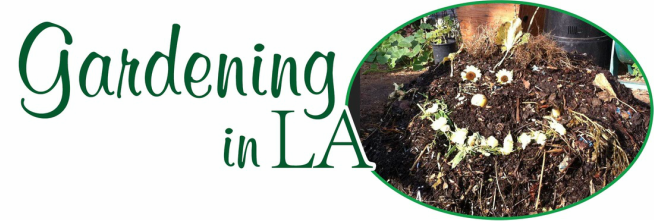
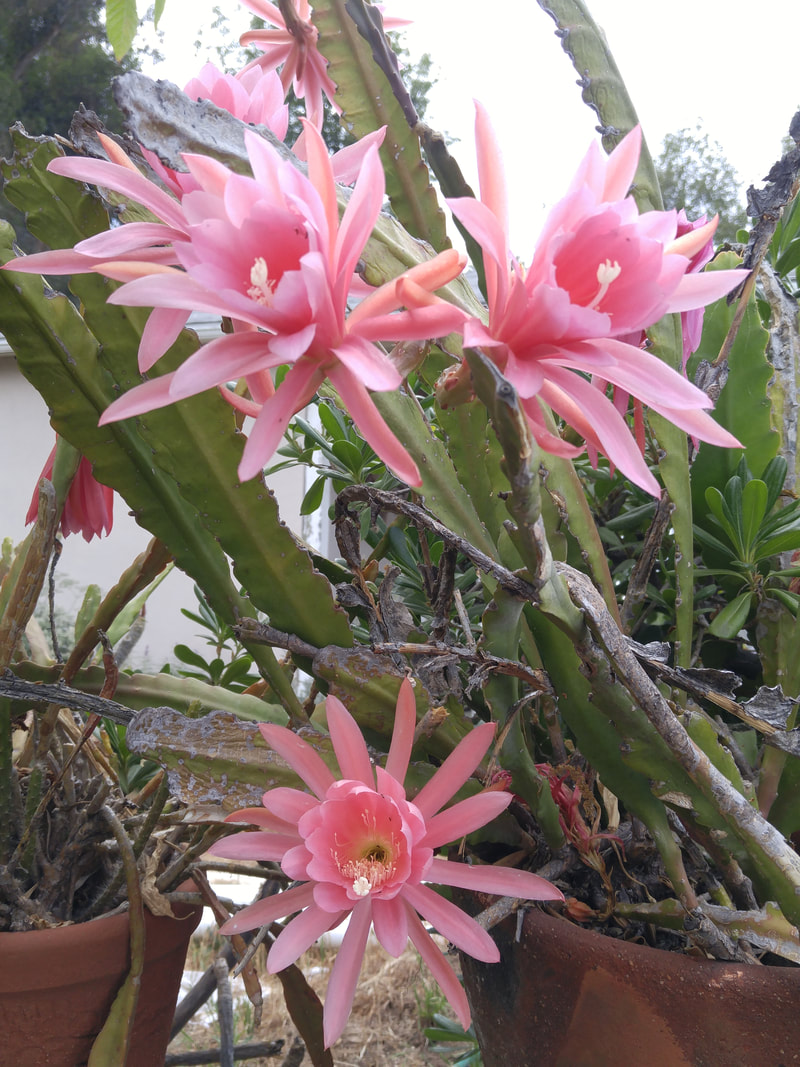
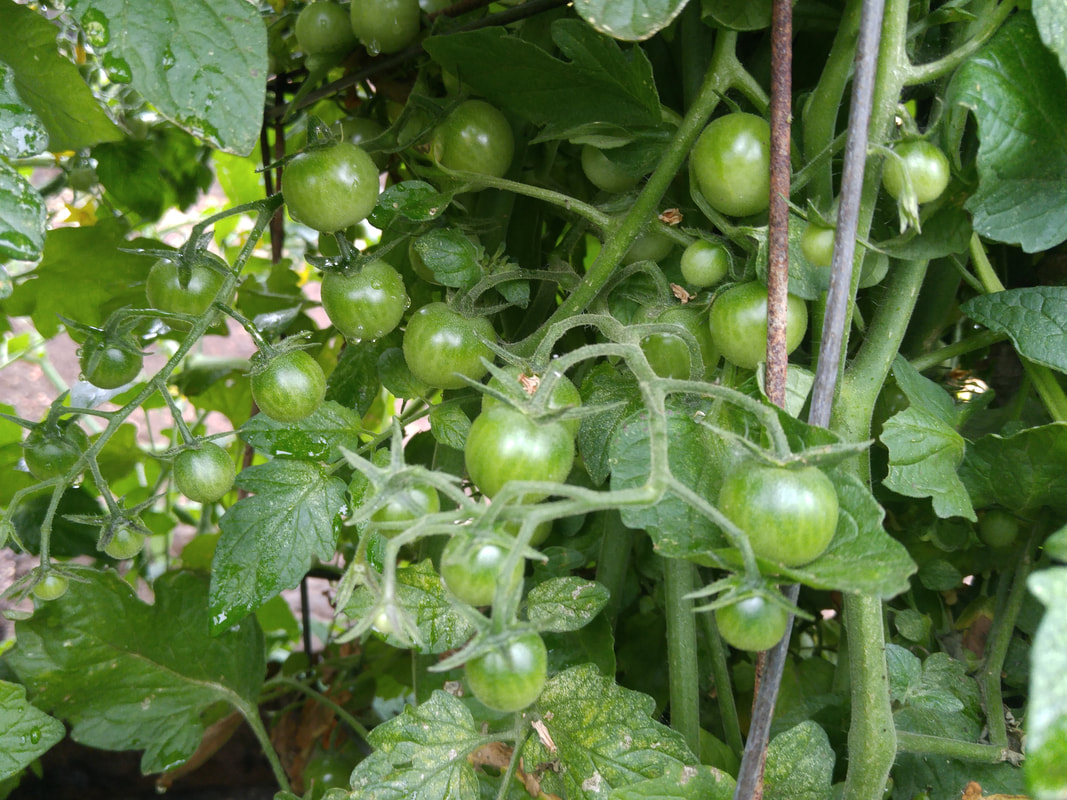
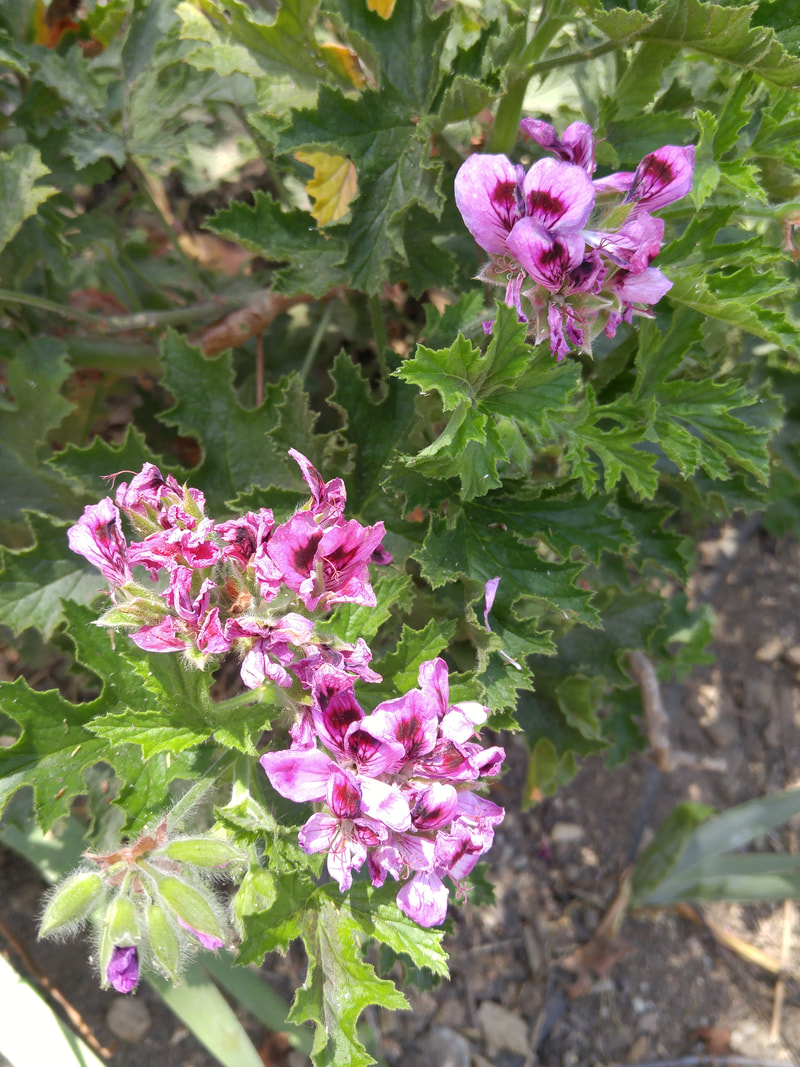
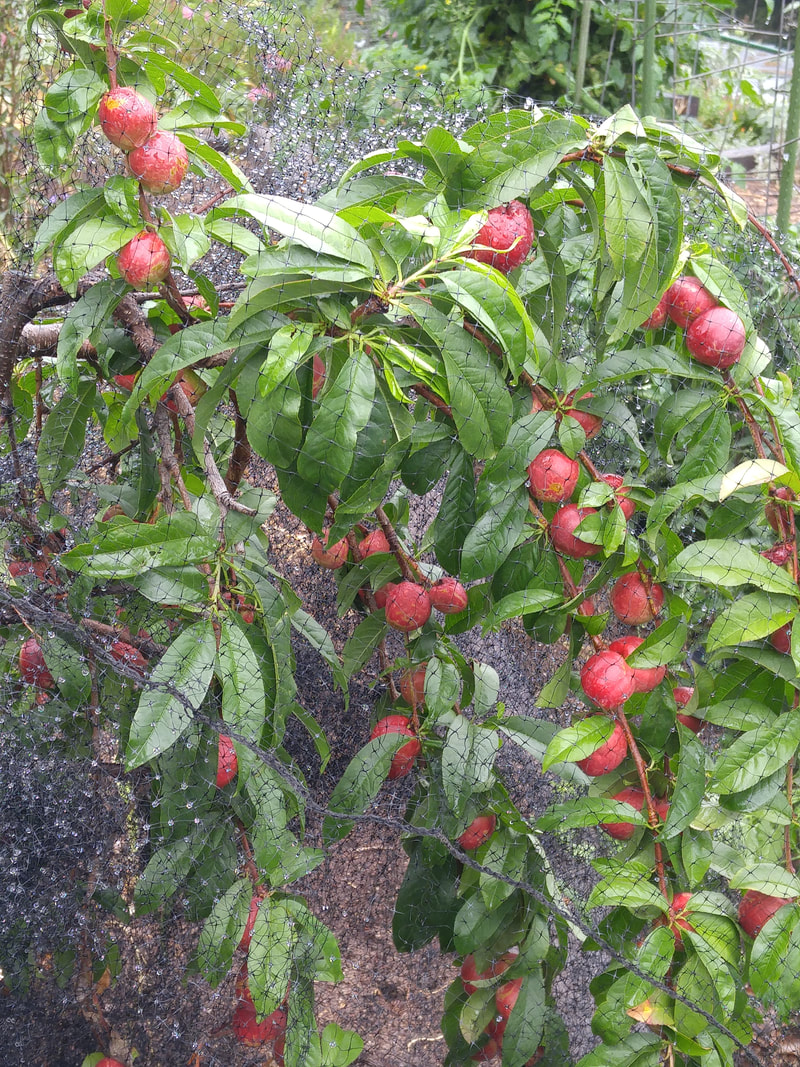
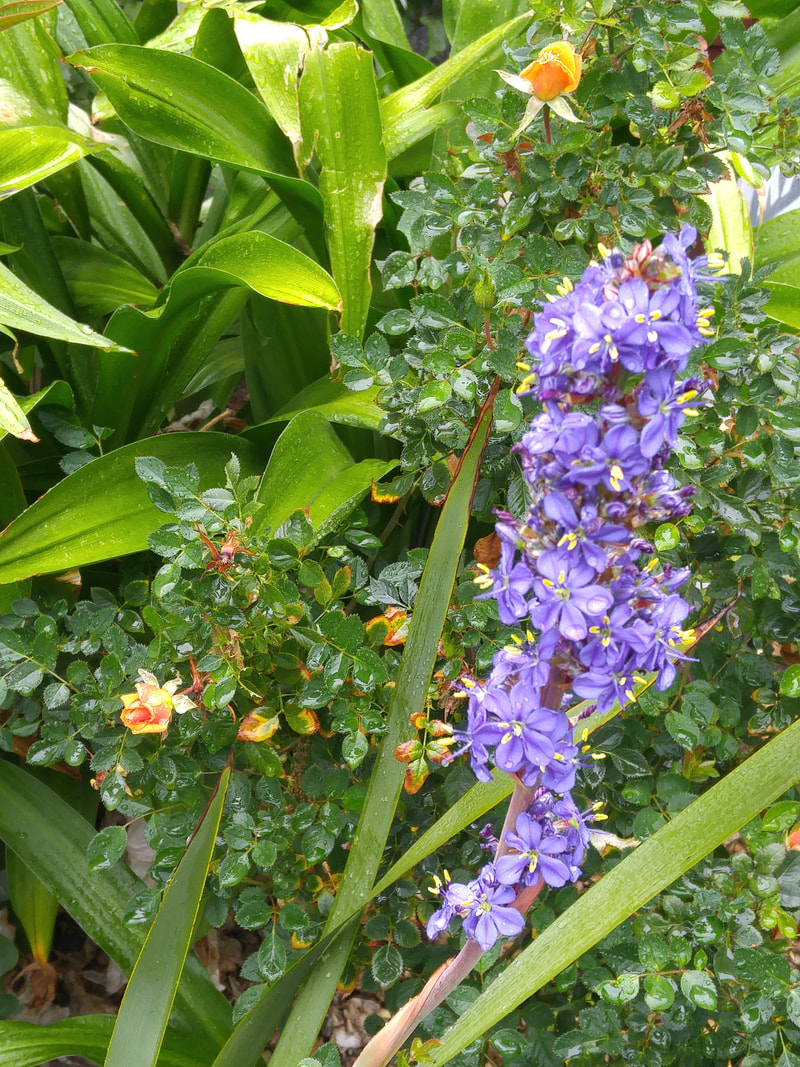
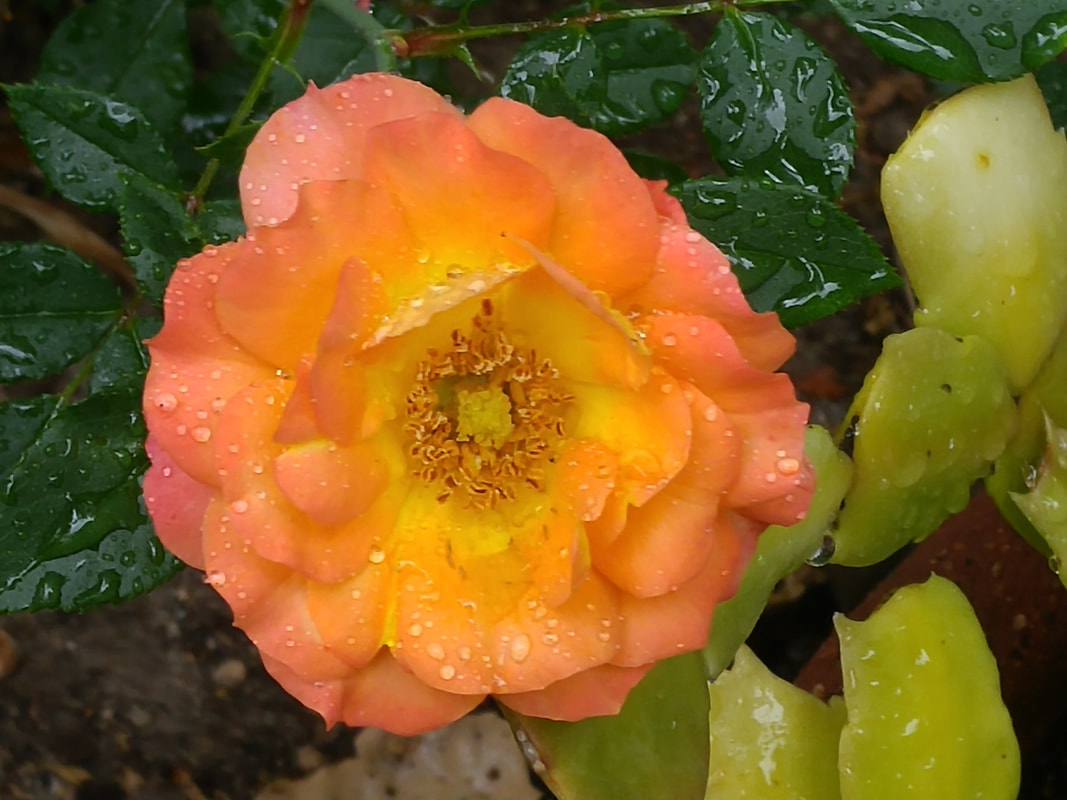
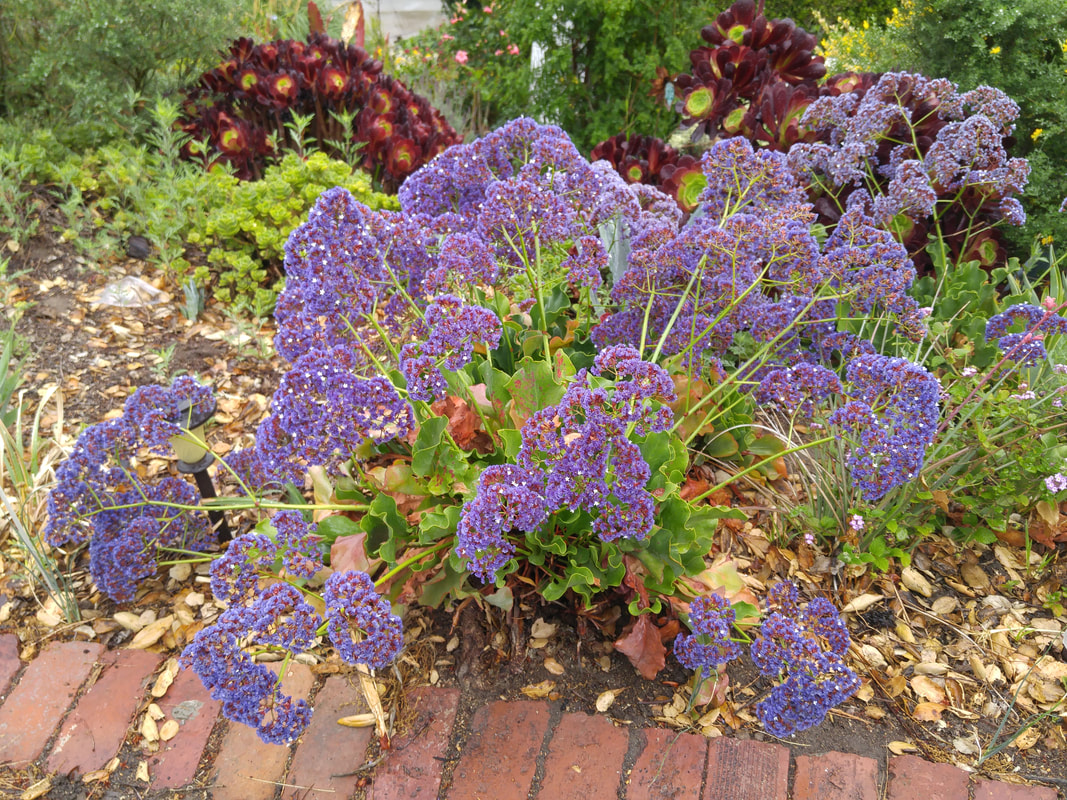
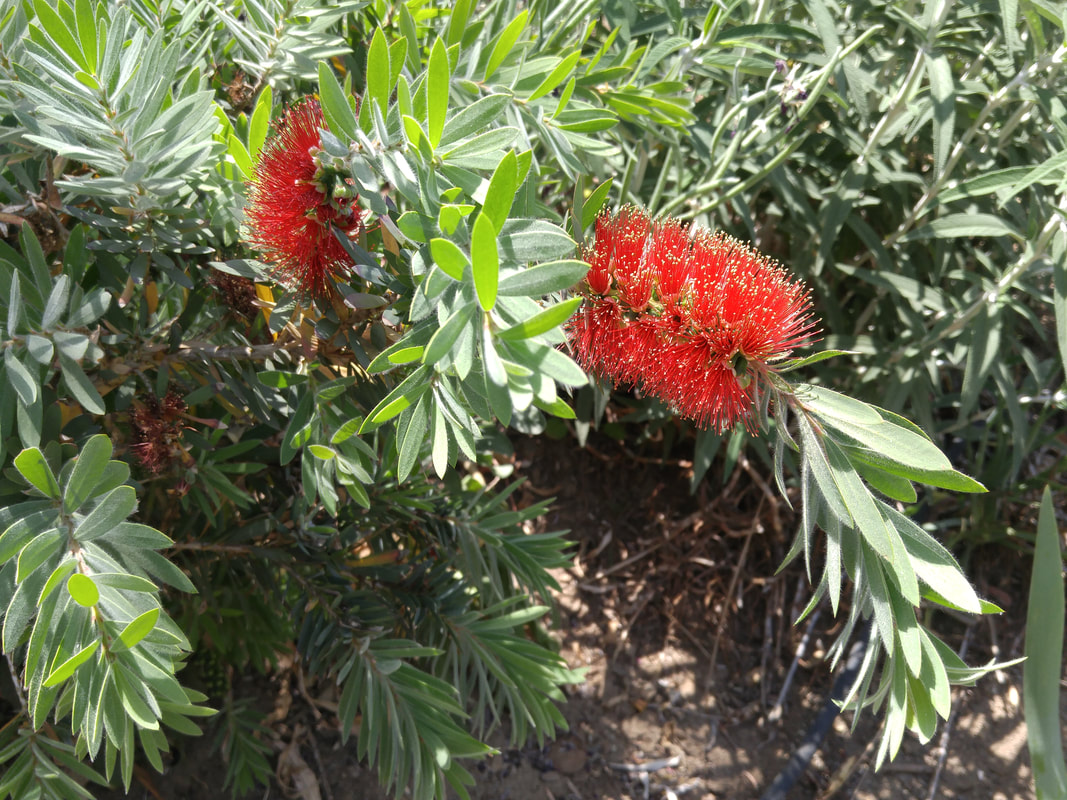
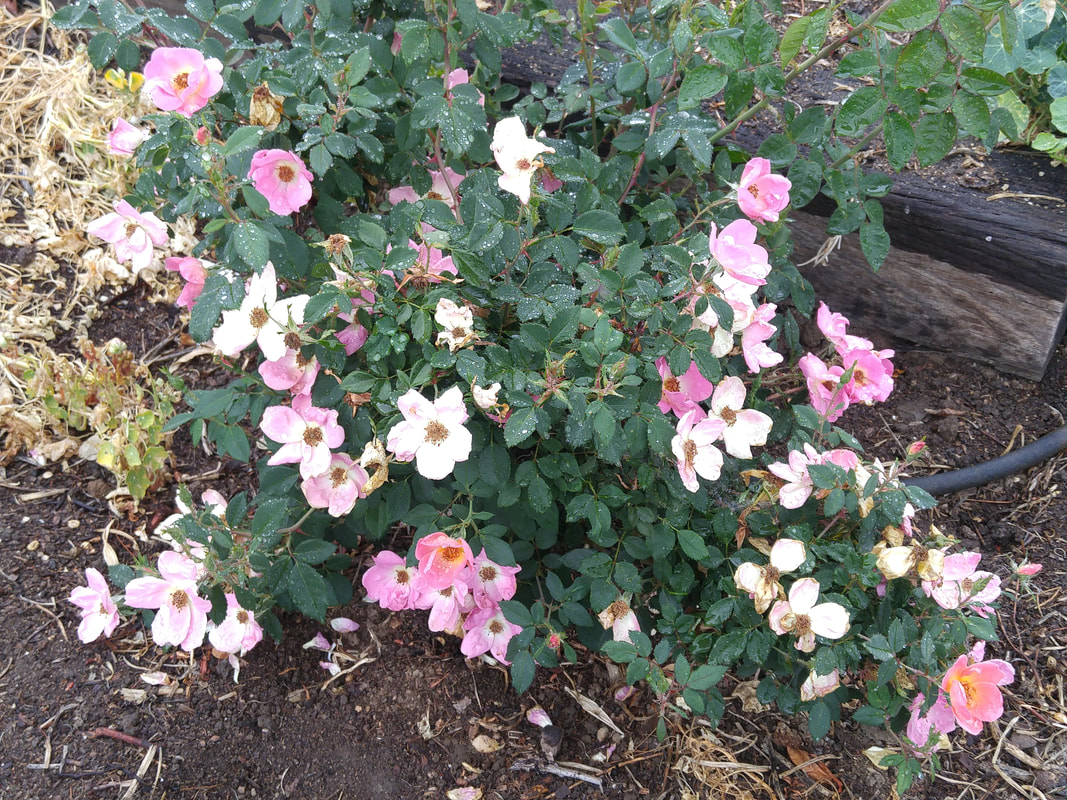
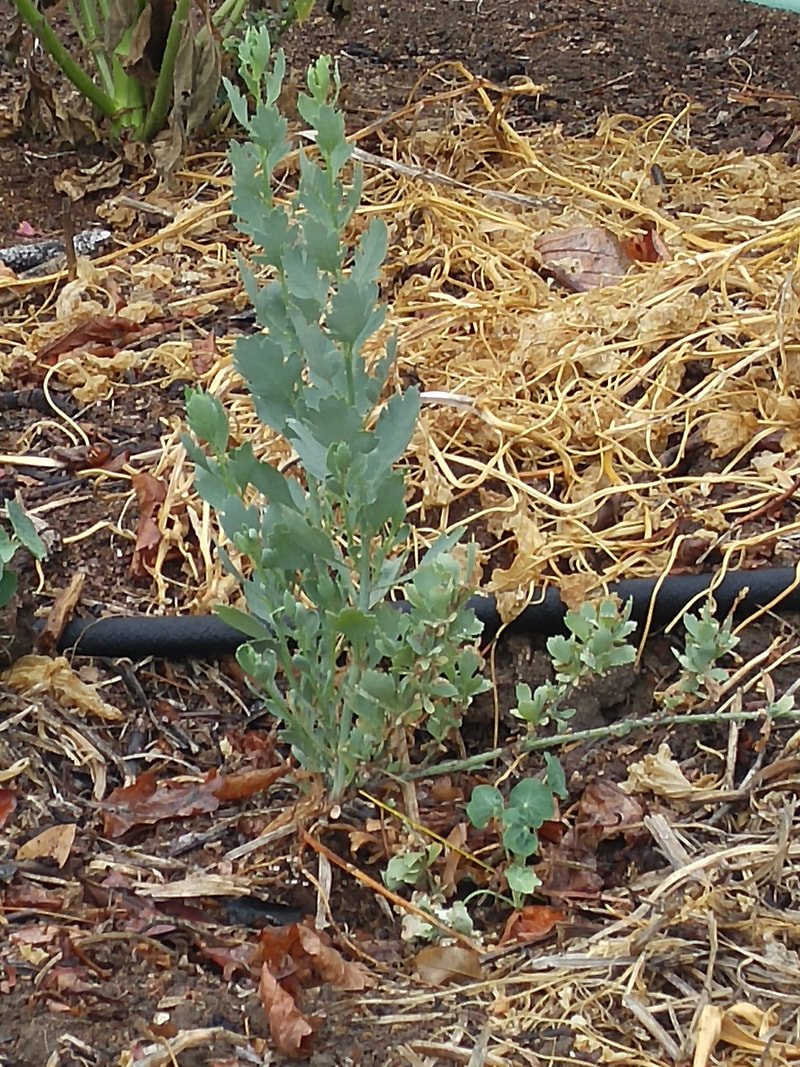
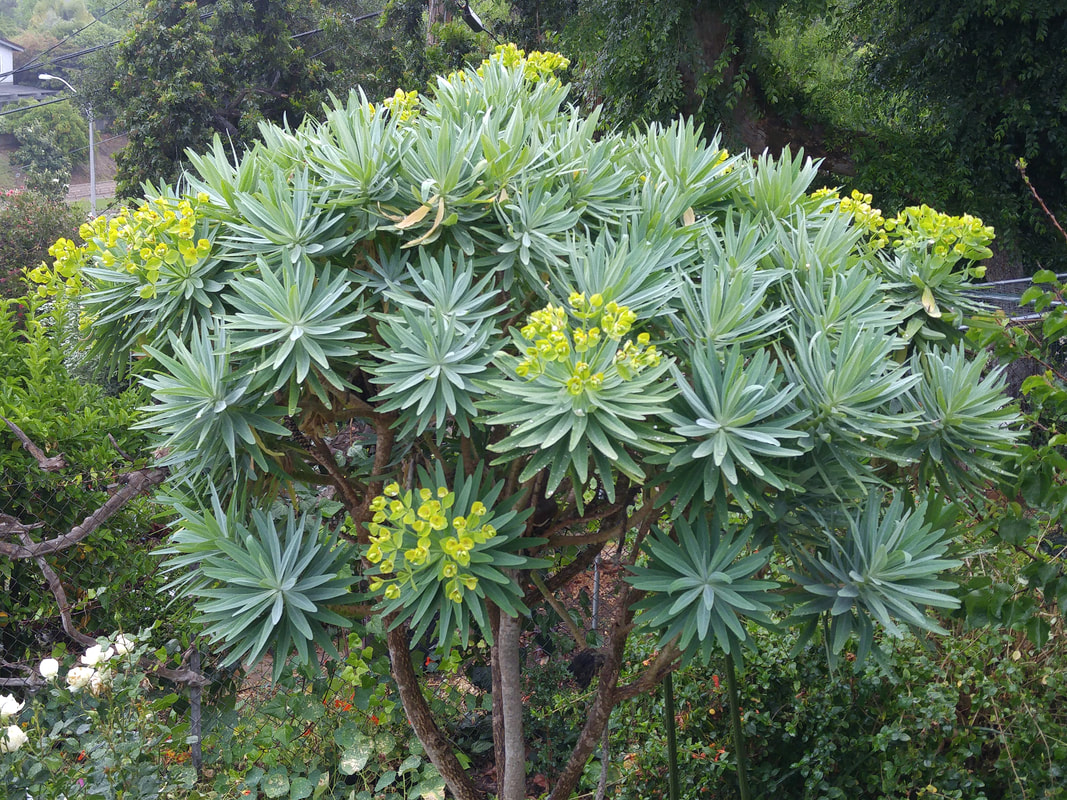
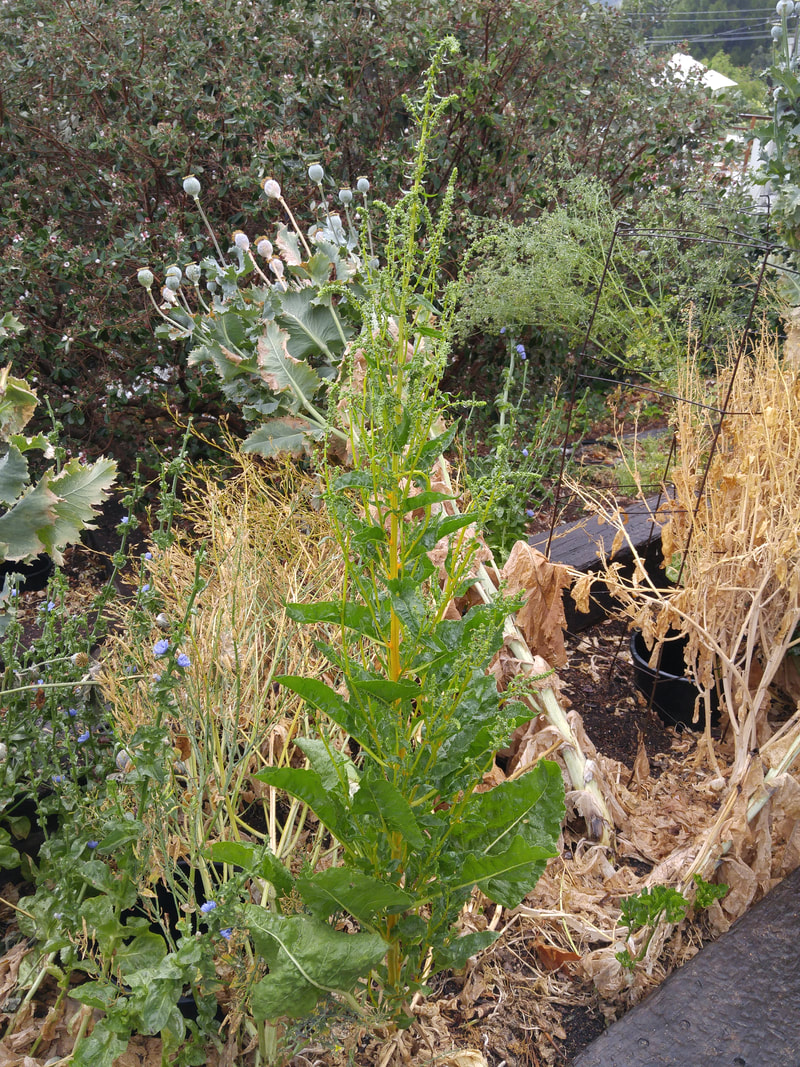
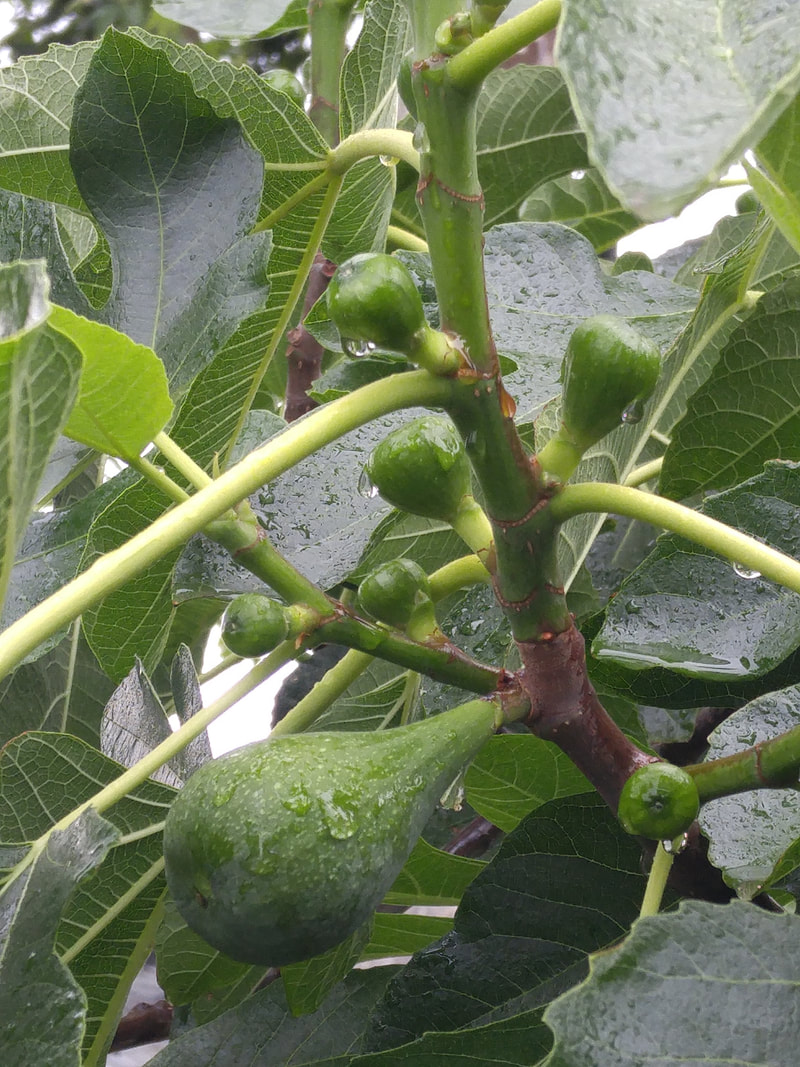
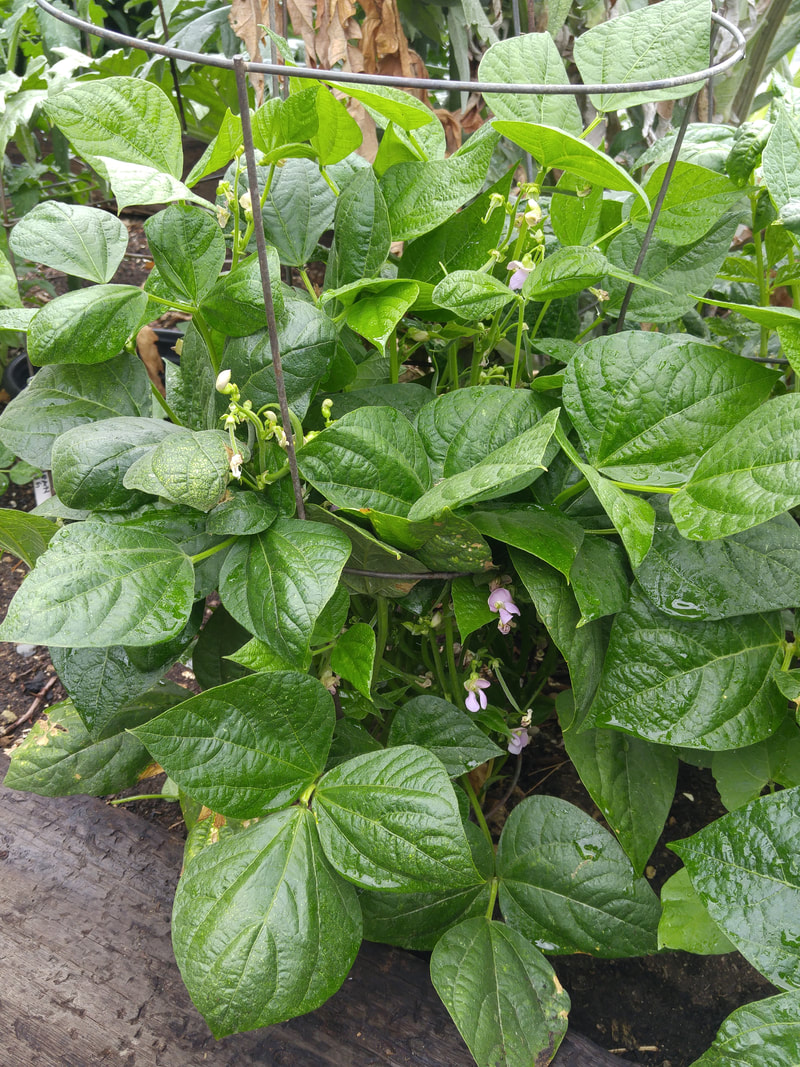
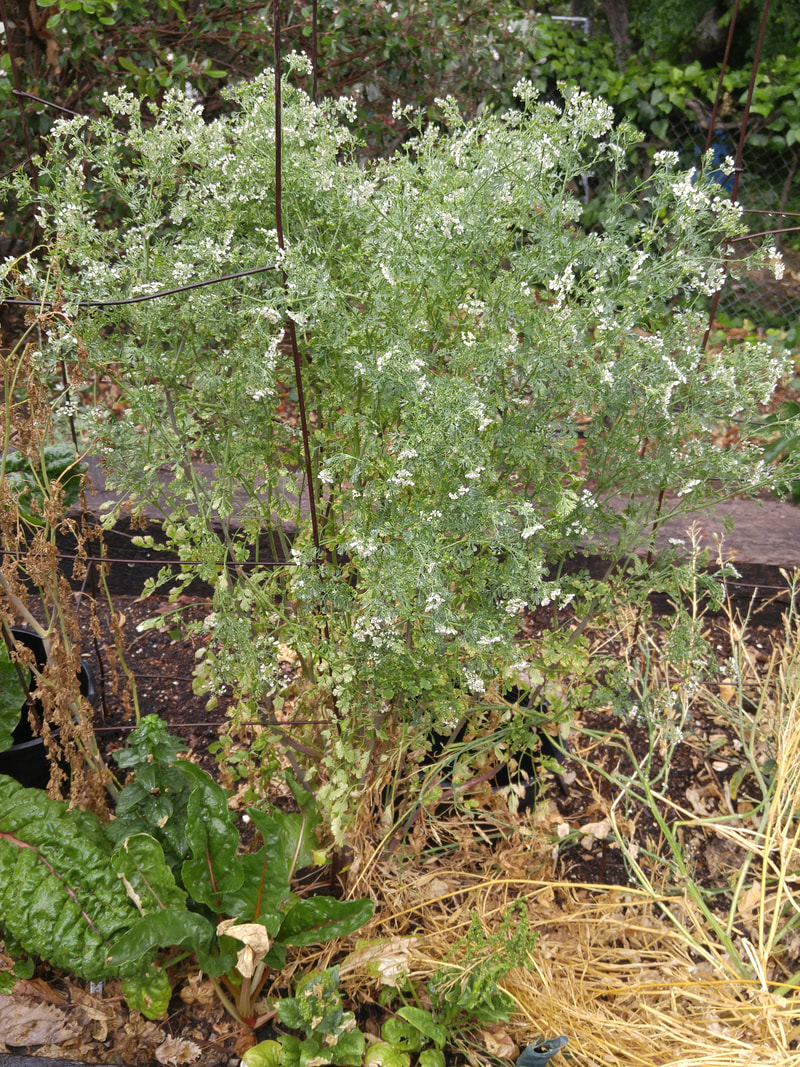
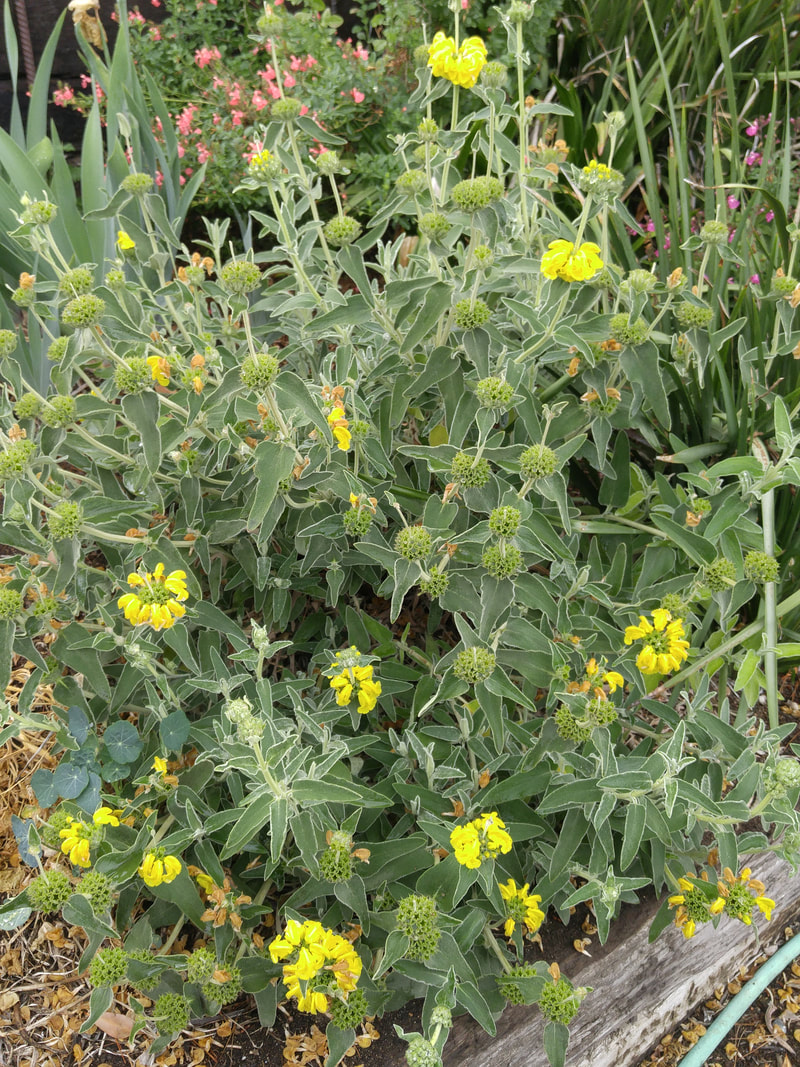
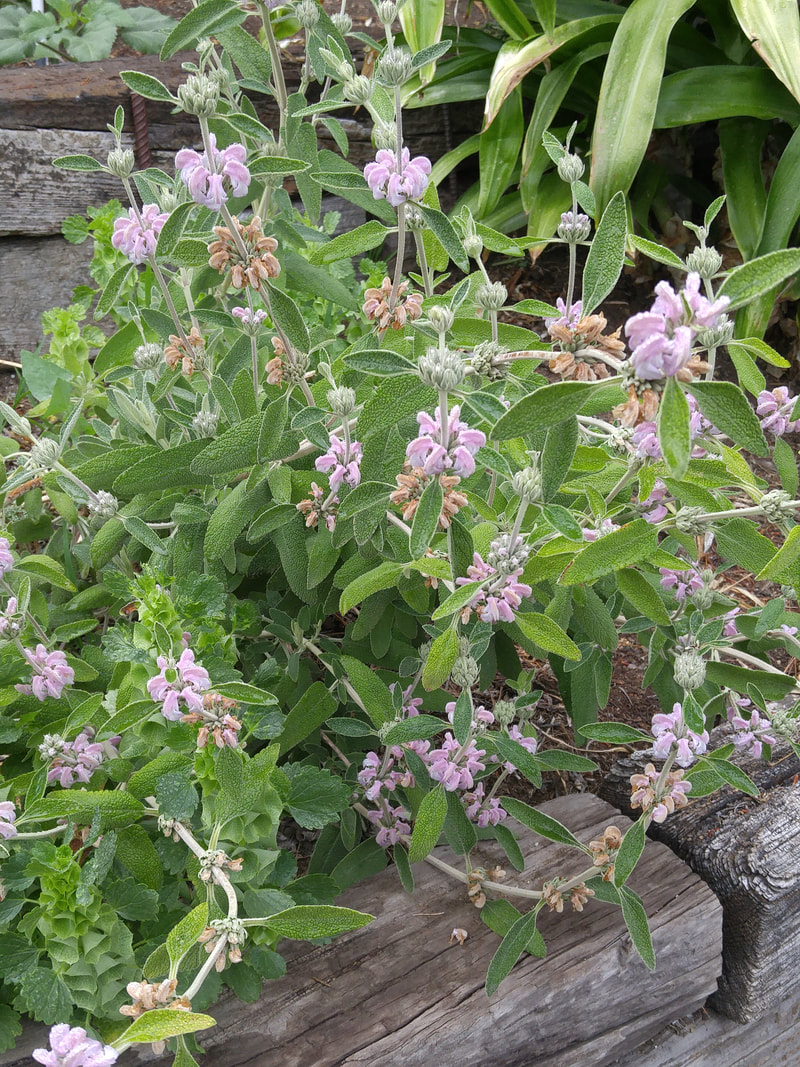
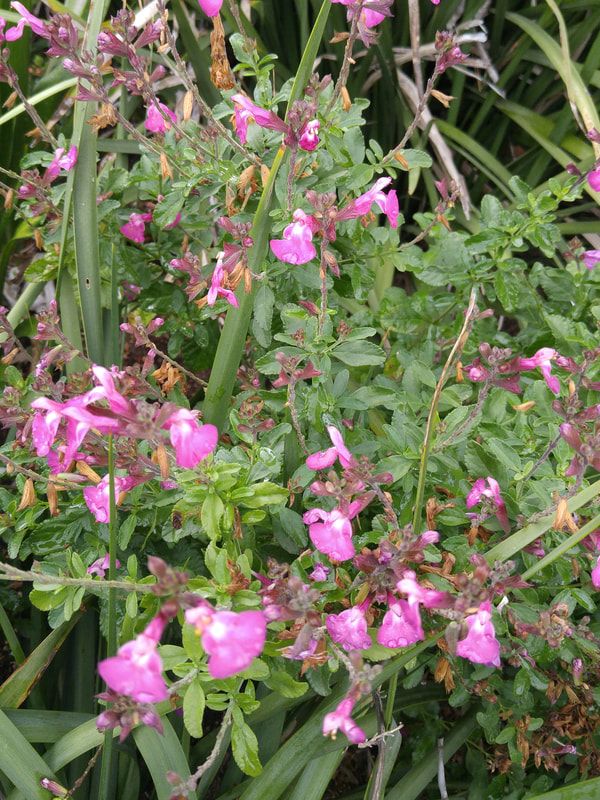
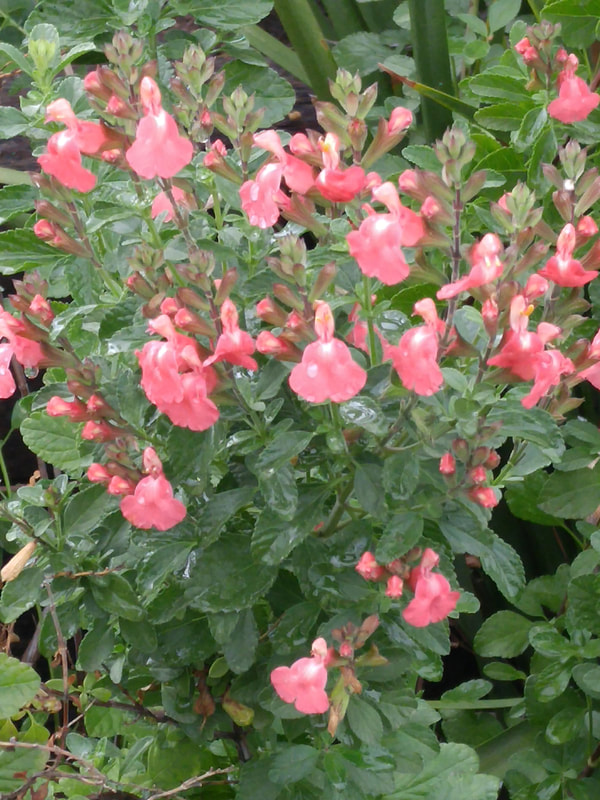
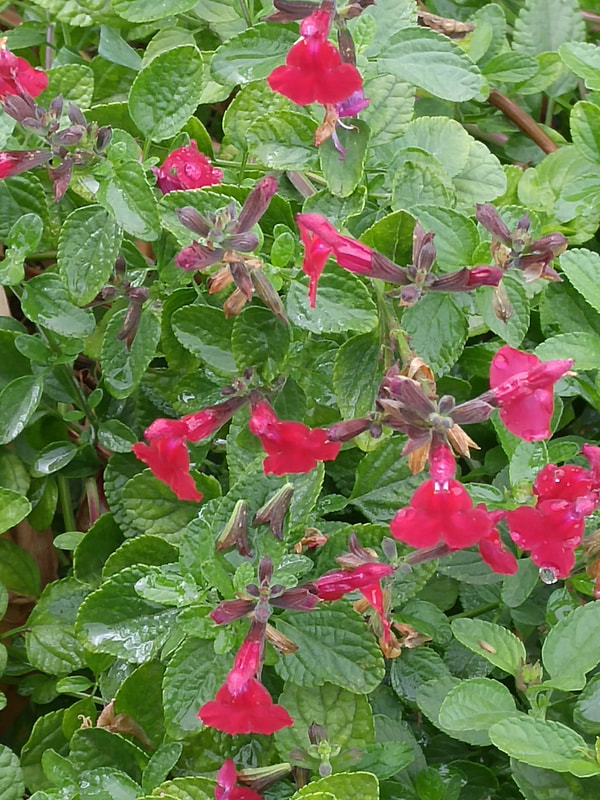
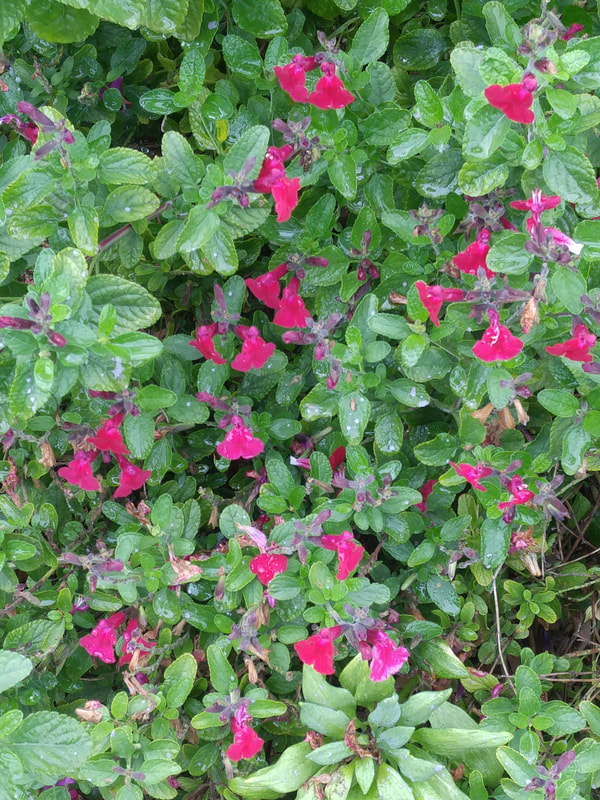
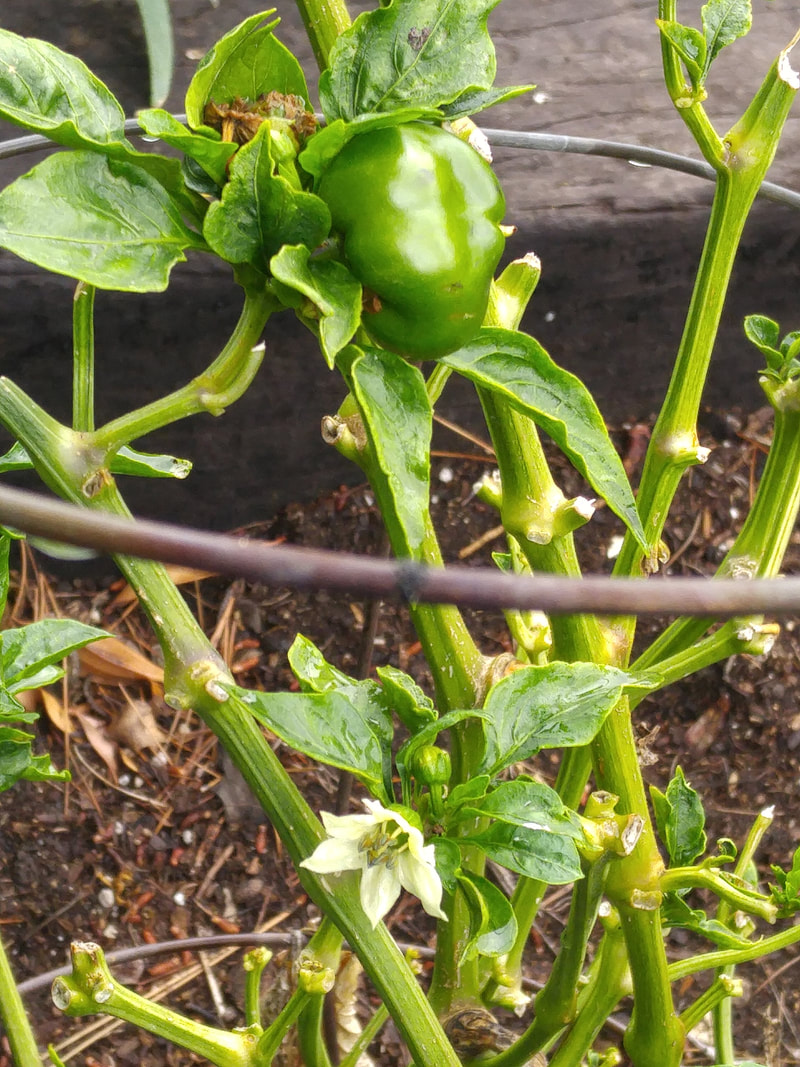
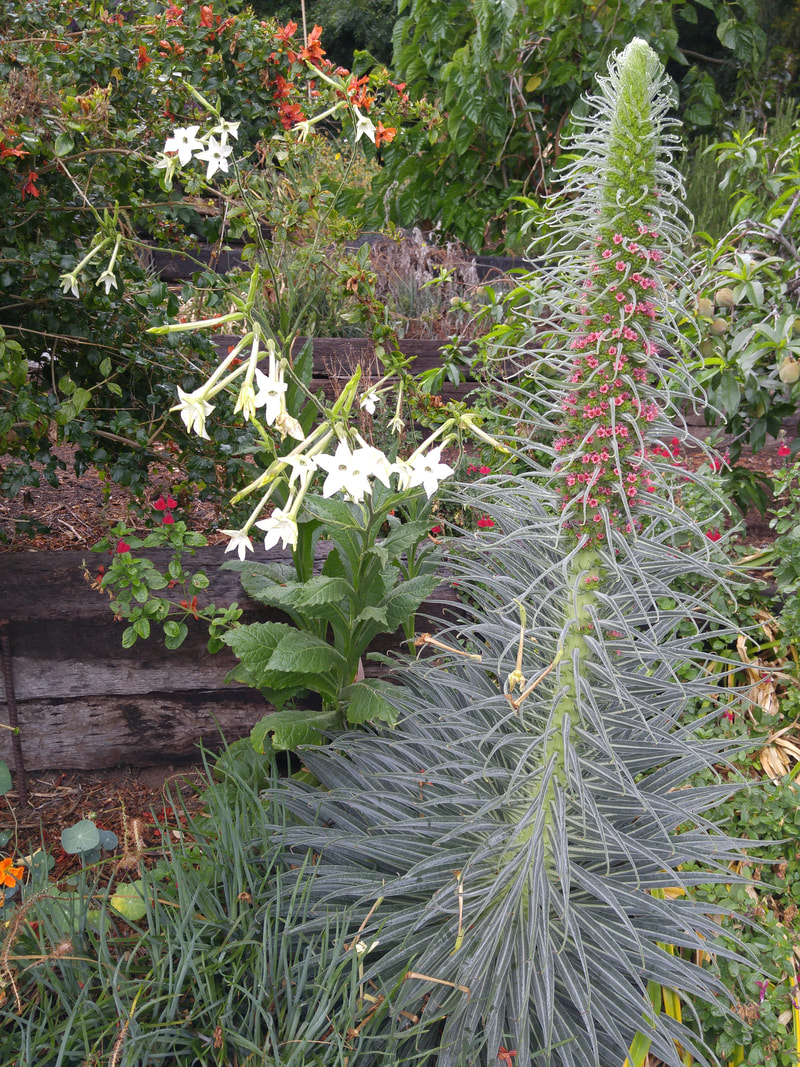
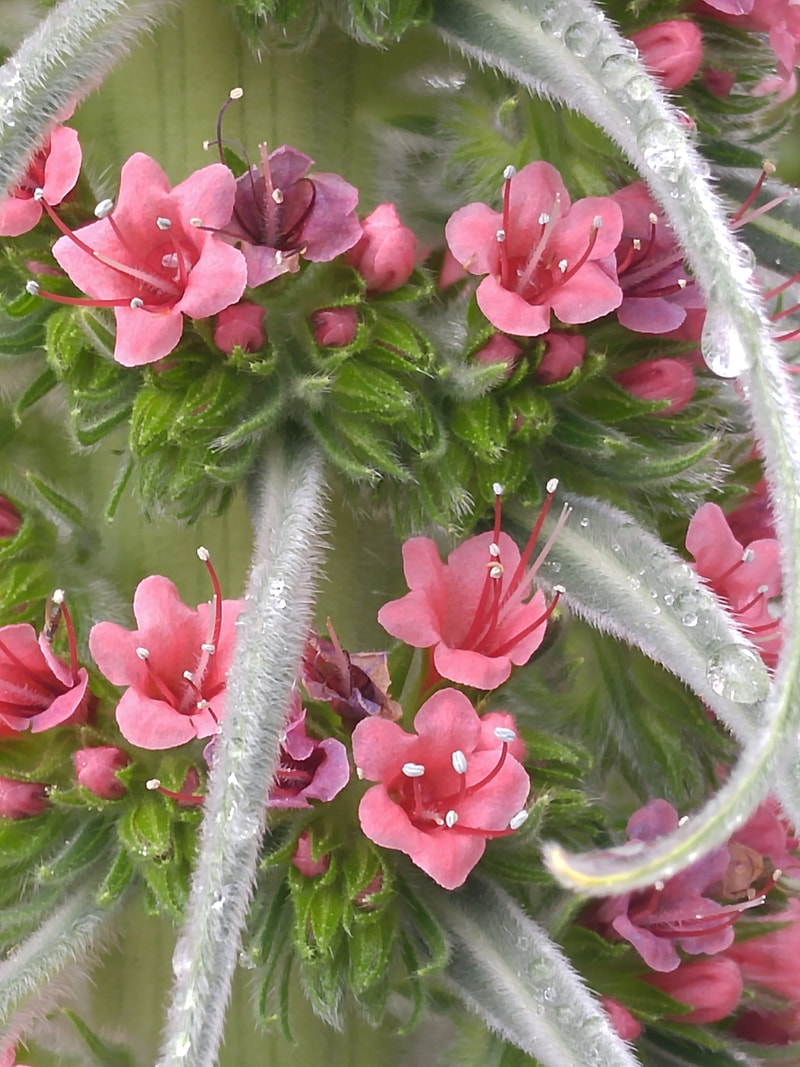
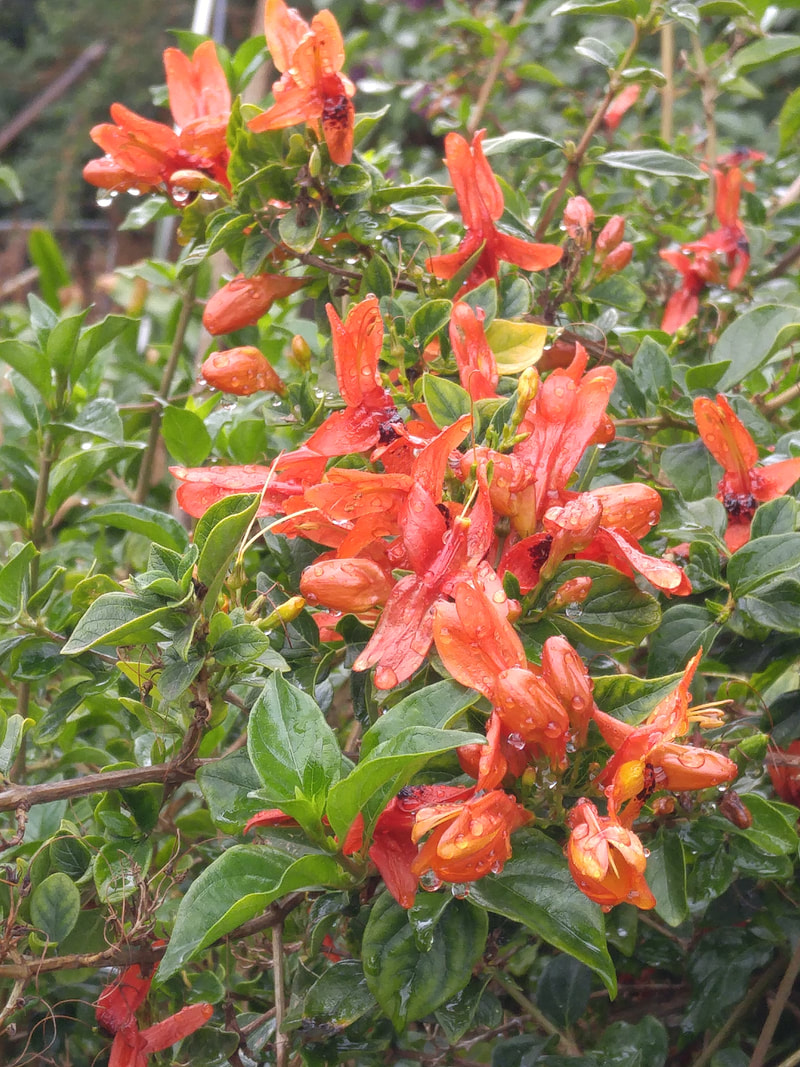
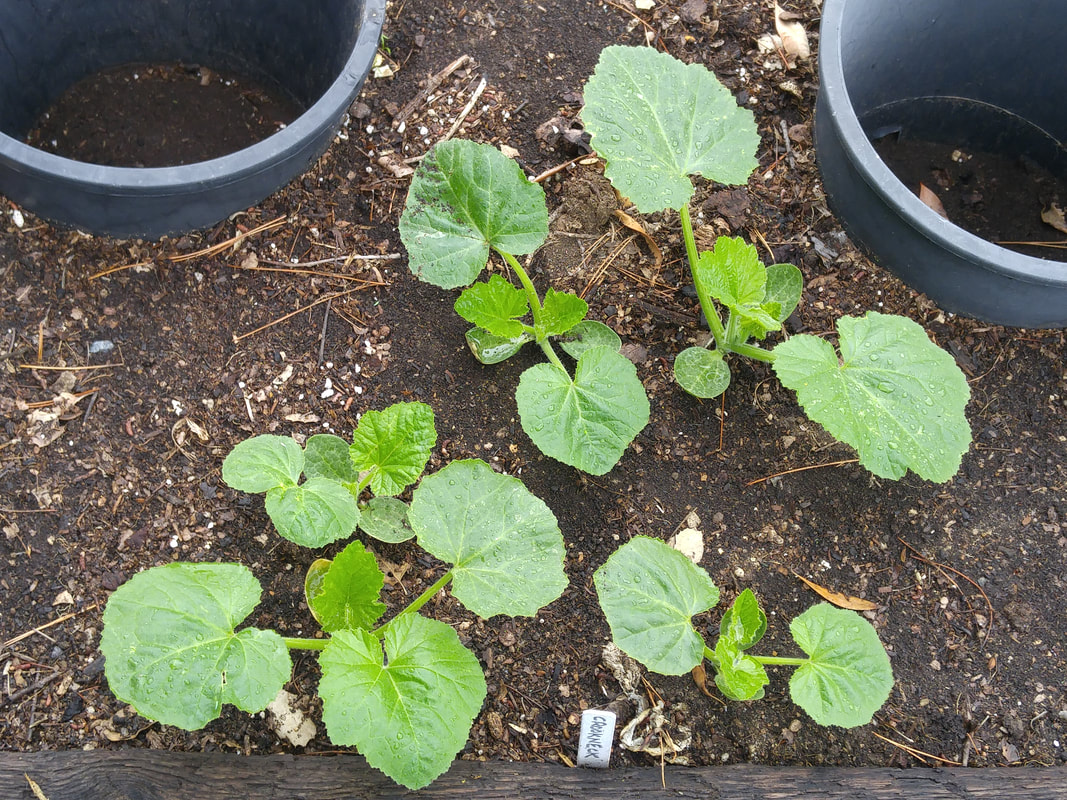
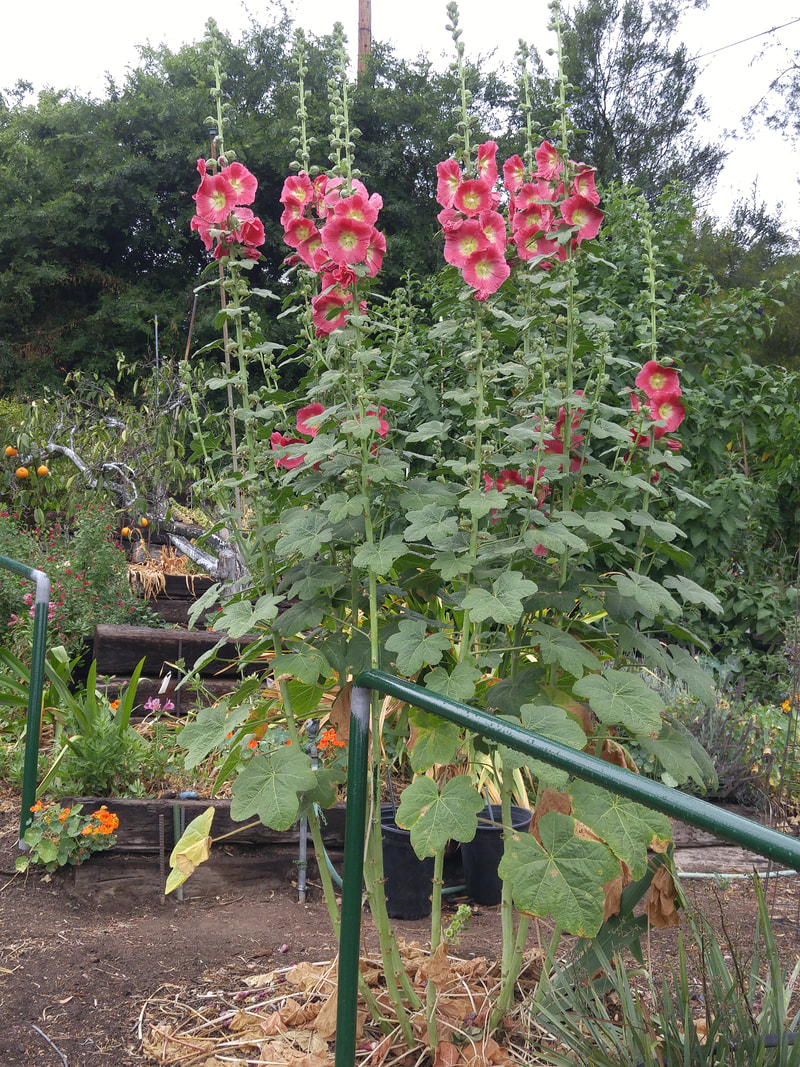
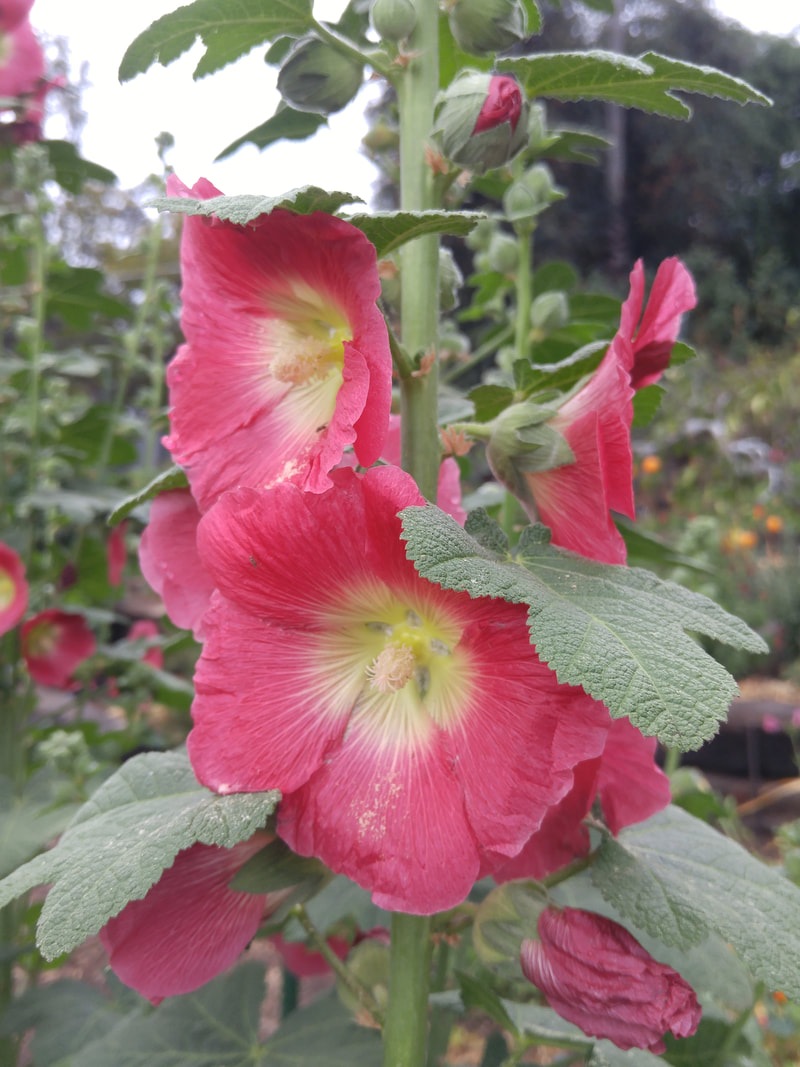
 RSS Feed
RSS Feed